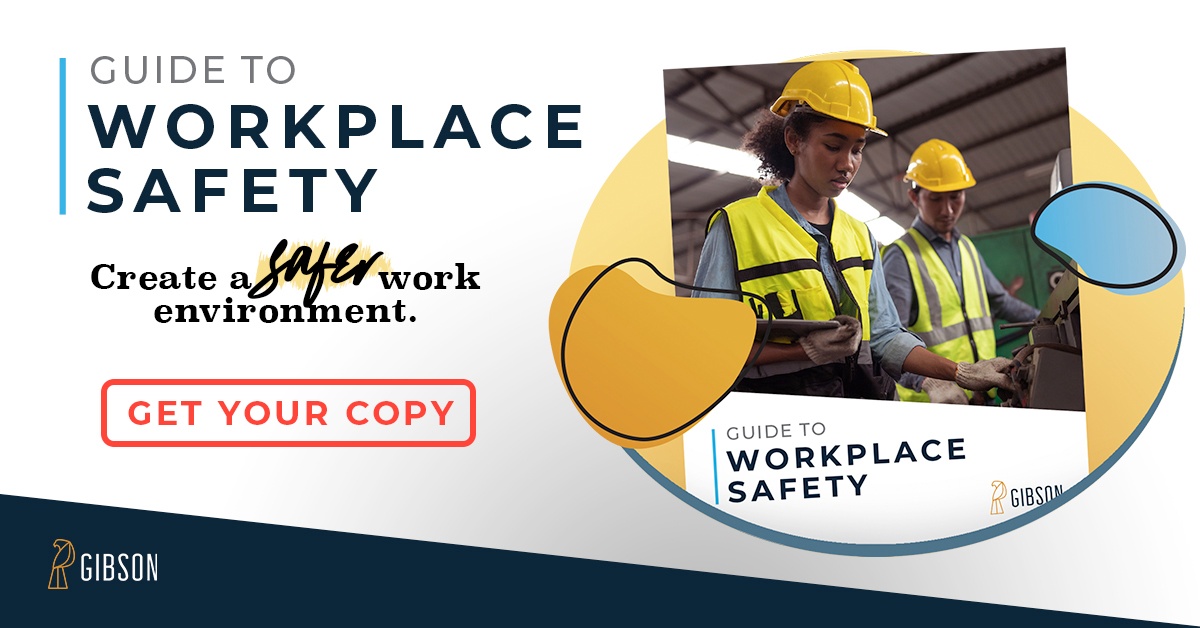Risk management isn’t limited to operations, finance, or within manufacturing facilities; there are risks to be aware of within physical office buildings and for office workers.
Tripping Hazards
Identifying tripping hazards in the work place is one of the fundamental risk assessments facility managers make. It’s an ongoing battle between lifting carpets, curled doormats, carelessly placed trashcans, wires, and furniture.
Lighting
From office spaces to bathroom facilities and stairwells, proper lighting is crucial, especially emergency lighting. Lighting and tripping hazards can often be seen as directly related to one another as they may both create obstructions to free movement around the building.
Electrical
Electrical fittings and their condition need regular assessment and maintenance to reduce the risk of electrocution or electrical fire, taking note of the use of extension cords and overloaded outlets. Personal space heaters can create one of the greatest risks for fire.
Stairwells
Stairwells, whether they are frequently used or not, are high-risk areas. Is the backup lighting in the emergency stairwells in working order? What precautions are in place to keep stairs from becoming slippery during unsafe weather conditions?
Office Furniture
Keeping office furniture in good, working order is a never-ending battle as it takes a lot of abuse from daily use. Regularly check for damage to desks, chairs and filing cabinets.
Fire Safety
Fire safety training and drills are essential to any risk management plan. Proper safety postings and maps are essential. And when was your last fire or earthquake drill? Do you know that all alarms and lights are in working order? Do the coffee pots have an automatic shut-off so a burner isn’t inadvertently left on?
Accident Reporting
A risk management strategy is more than just preventing risks; it’s how you manage them when they become a reality. What accident reporting process do you have in place? Are employees aware of this process?
Employee Health
An office employee’s health faces a number of risk factors. Commonly referred to as ergonomics, do you conduct regular evaluations for proper posture from sitting at a desk to eliminate sprain/strain injuries? Are monitors properly positioned to limit eyestrain and headaches?
Storage
Filing cabinets, especially those that allow more than one drawer to be opened at a time, may need assessment as a tipping risk. Are there warning labels visibly in place, or any other precautions? Is proper care used when deciding which items are stored on the highest shelves – loading the heaviest items closest to the floor?
Special Access
Special access for employees with limited mobility provides potentially higher risk for accident and injury. Are entrances fully accessible to all employees? What measures are in place to accommodate employees with specific needs? Have you considered employees or visitors with special needs as part of your evacuation plan?
By no means a definitive list, but when it comes to ongoing checks and assessments, risk management is just as much about the finer details as it is the bigger picture. What areas do you include on your checklist when you risk assess your building?
If you need help with your risk assessment or risk management processes, please contact us so we can help you protect yourself and your workplace.



